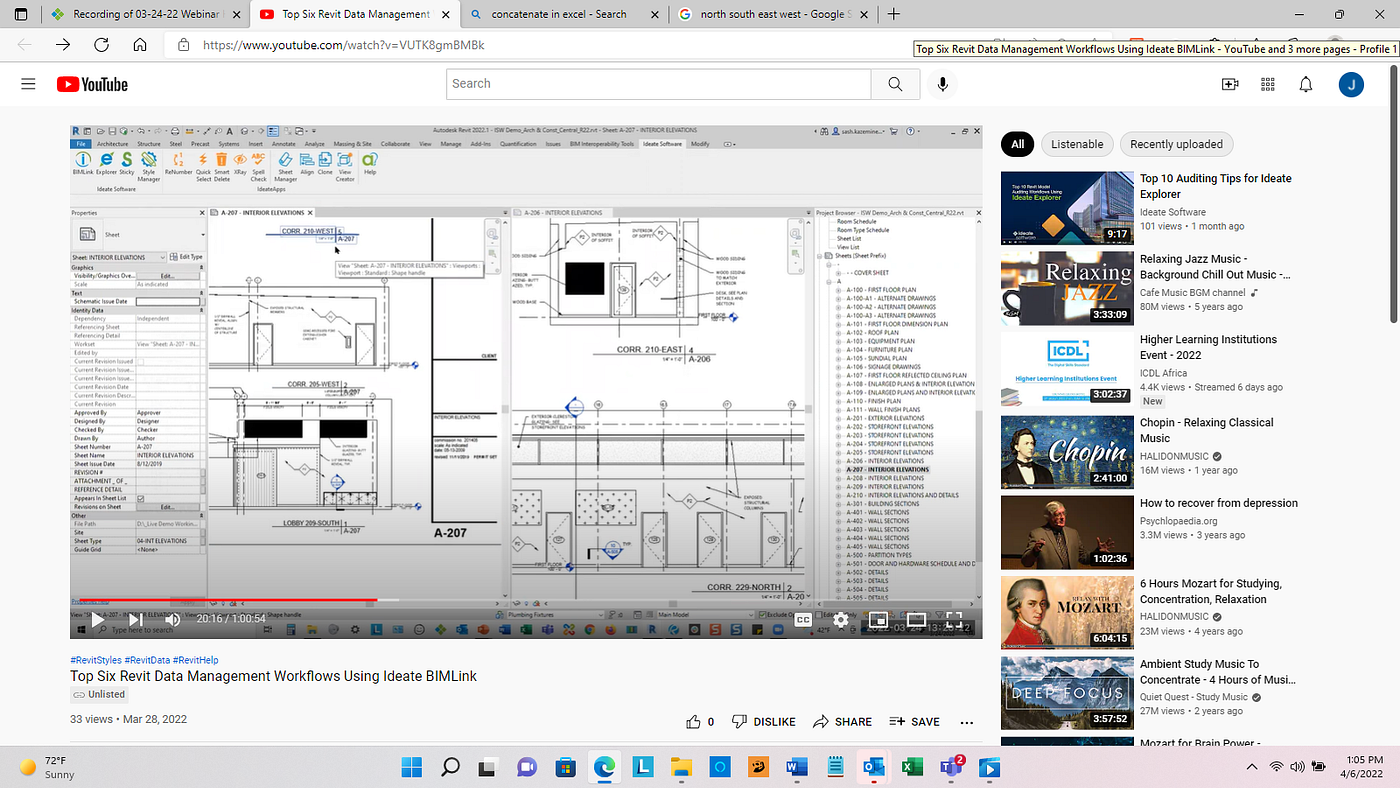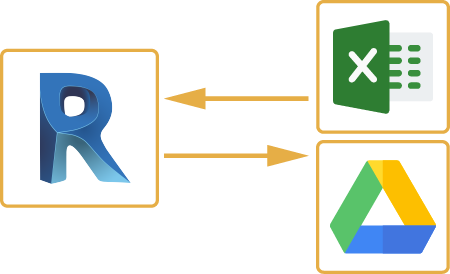Import Excel into Revit Seamlessly: A How-To Guide
Wiki Article
Revit Accelerator: Excel Combination Techniques for Enhancing Efficiency and Partnership
Are you seeking to increase your productivity and partnership while utilizing Revit? Look no further! In this write-up, we will explore the advantages of integrating Excel into your Revit workflows. Discover just how you can enhance your processes, maximize cooperation, and even learn advanced strategies for enhancing performance. Plus, we will certainly share finest techniques for flawlessly integrating Excel into your Revit tasks. Prepare to supercharge your Revit experience with our Revit Accelerator: Excel Integration Approaches!Benefits of Excel Assimilation in Revit
The benefits of Excel assimilation in Revit are various and can significantly enhance efficiency and collaboration. By effortlessly attaching these 2 effective tools, you can streamline your operations and conserve valuable time. With Excel combination, you can conveniently import and export information in between Revit and Excel, permitting you to take advantage of the toughness of both programs.
Another benefit of Excel assimilation is the capability to create dynamic routines and records. By linking your Revit version to an Excel spread sheet, any type of adjustments made in Revit will instantly upgrade in the equivalent Excel file. This makes it very easy to produce up-to-date routines, amount departures, and other project paperwork.
Excel combination in Revit also enables better collaboration amongst employee. With the capability to import and export data, you can quickly share details with colleagues who might not have access to Revit. This advertises reliable interaction and enables far better control and decision-making.
Simplifying Operations With Revit and Excel
Streamlining workflows with Revit and Excel can considerably enhance effectiveness and collaboration. By combining the capabilities of Revit and Excel, you can flawlessly move data between the 2 applications, eliminating the demand for manual information entrance and lowering the risk of errors.
Using Revit and Excel with each other allows you to leverage the strengths of each program - revit add ins. You can export data from Revit right into Excel, where you can carry out complex computations, produce graphes and graphs, and examine the details in a more effective and well organized fashion. On the other hand, you can import data from Excel right into Revit, enabling you to quickly upgrade your designs and documents based upon modifications made in Excel
The integration of Revit and Excel additionally promotes collaboration among team members. By sharing Excel files, you can easily team up and communicate on style and construction-related data. This boosts sychronisation and makes certain that everybody is functioning with the most updated information.
Maximizing Cooperation With Excel and Revit
To optimize cooperation with Excel and Revit, you can effortlessly share and update layout and construction-related data with your group. By incorporating Excel with Revit, you can get rid of the demand for manual information entry and minimize why not try this out the danger of errors. With simply a few clicks, you can import Excel spreadsheets right into your Revit version, enabling you to easily accessibility and adjust the data. This integration enables you to collaborate a lot more effectively with your group, as every person can work on the exact same information in real-time.Among the vital benefits of using Excel in conjunction with Revit is the capacity to upgrade information in both programs at the same time. Any kind of adjustments made in Excel will instantly be reflected in Revit, and vice versa. This ensures that every person is collaborating with one of the most updated information, avoiding complication and saving important time.
In addition, Excel provides powerful devices pop over to these guys for assessing and arranging data, which can greatly enhance your partnership initiatives. You can create custom-made records and charts in Excel, aiding you to imagine and connect crucial task info properly. When presenting information to stakeholders or making notified choices based on project metrics (revit plugins)., this can be particularly useful.
Advanced Techniques for Increasing Productivity in Revit Making Use Of Excel
By making use of innovative methods in Revit, you can significantly raise your efficiency by leveraging the power of Excel. With Revit's Excel assimilation attribute, you can link Excel spreadsheets directly to your Revit model, permitting you to quickly handle and update data.
Furthermore, you can utilize Excel macros to automate recurring tasks in Revit (revit add ins). Macros allow you to tape a collection of activities and play them back with a single click, conserving you effort and time. For instance, you can create a macro to automatically produce room schedules or upgrade parameter values in bulk.
Finest Practices for Excel Assimilation in Revit
Making Use Of Excel as a data administration device in Revit allows for efficient management and upgrading of data. One of the best techniques for Excel combination in Revit is to develop a clear and organized data structure. By following these finest techniques, you can successfully use Excel as a data management tool in Revit and improve your productivity and cooperation.Verdict
To conclude, integrating Excel with Revit can considerably improve performance and cooperation in the layout procedure. By streamlining operations and making best use of collaboration, groups can function more effectively and properly. Advanced methods, such as using Excel macros and solutions, can additionally increase productivity in Revit. It is vital to follow finest techniques to make sure seamless combination and stay clear of any possible issues. By leveraging the power of Excel, Revit customers can achieve greater degrees of performance and collaboration in their jobs.With Excel integration, you can quickly import and export data between Revit and Excel, allowing you to leverage the staminas of both programs.
One of the key advantages of Excel integration is the capacity to utilize Excel formulas and functions within Revit. By linking your Revit design to an Excel spread sheet, any type of adjustments made in Revit will automatically update in the equivalent Excel data. On the other hand, you a knockout post can import information from Excel into Revit, enabling you to promptly upgrade your versions and paperwork based on changes made in Excel.
With Revit's Excel assimilation attribute, you can connect Excel spread sheets straight to your Revit version, permitting you to quickly take care of and update data.
Report this wiki page